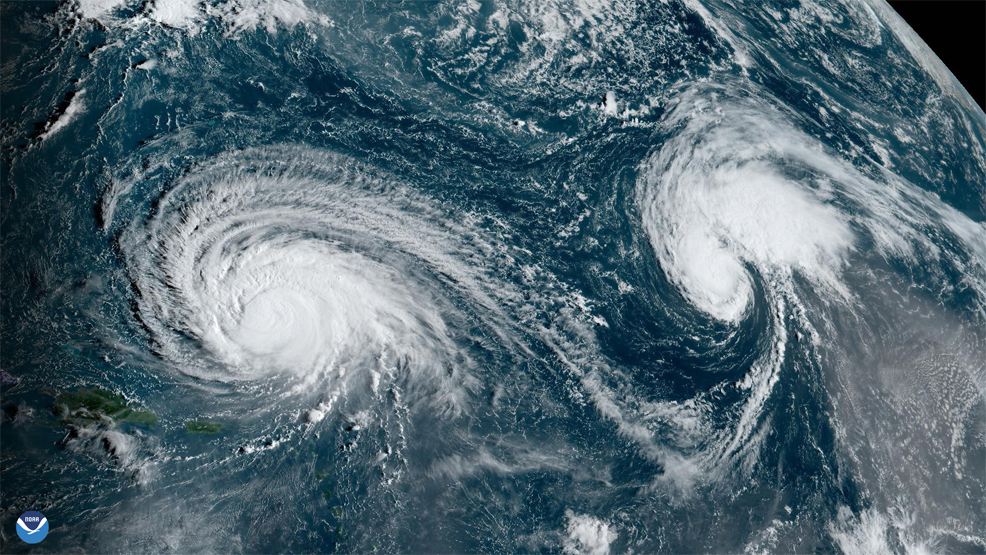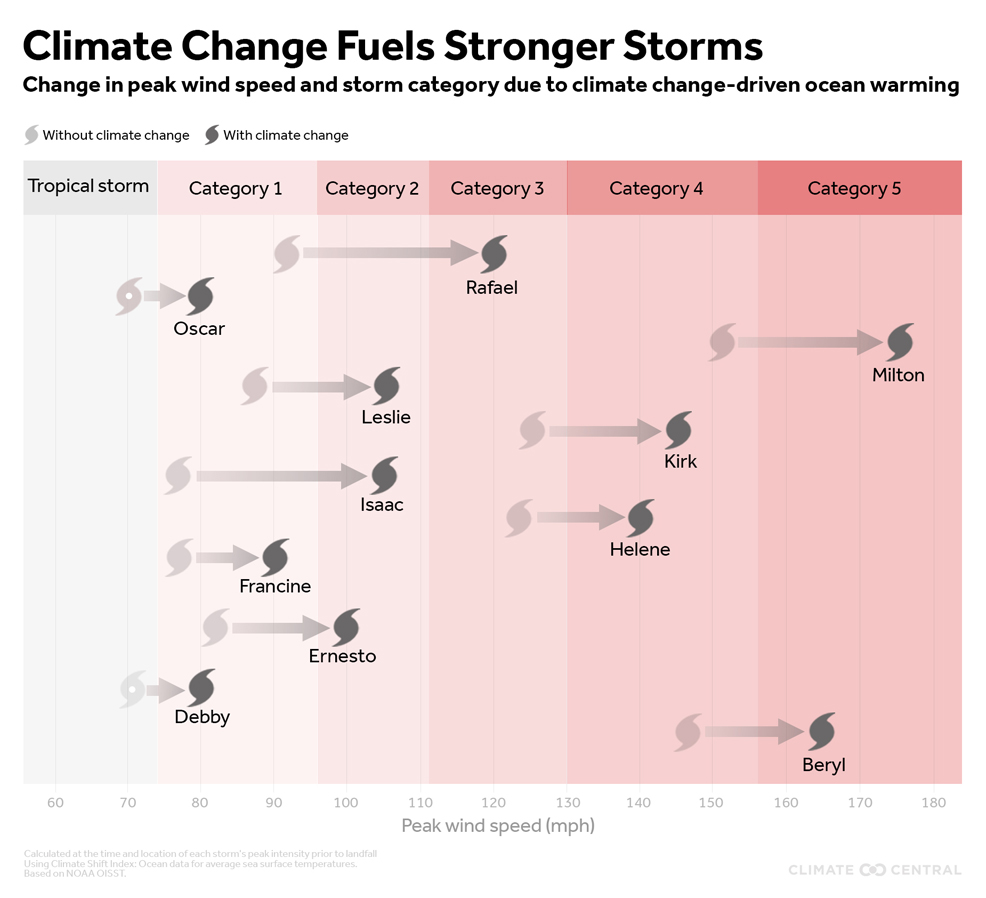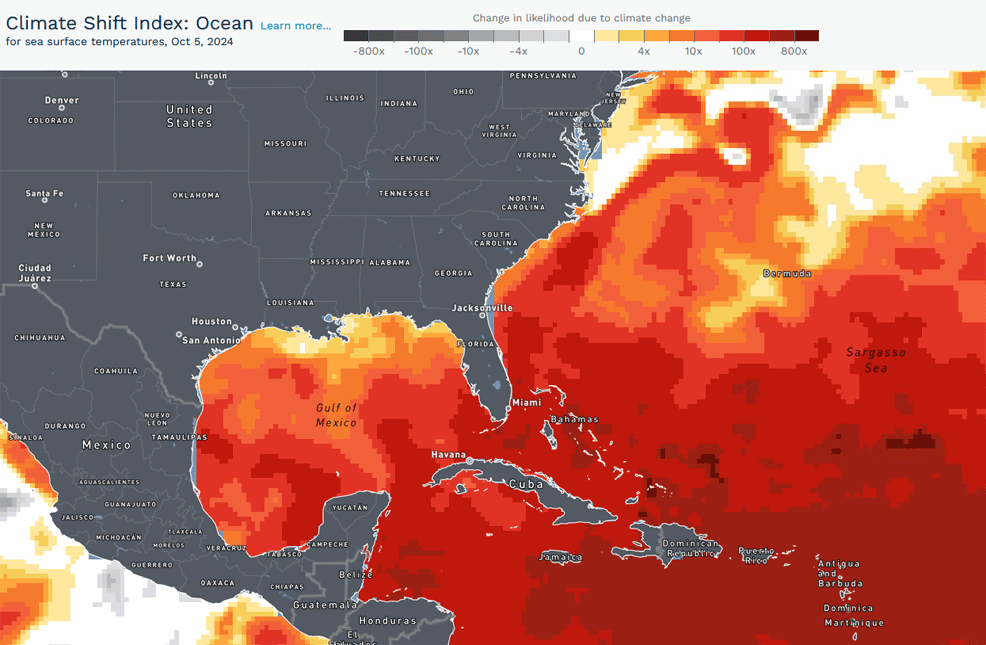
23rd November 2024 Climate change has made Atlantic hurricanes stronger A new study finds that hurricane wind speeds in the Atlantic have increased by an average of 18 mph (29 km/h) as a result of climate change.
Higher ocean temperatures caused by global warming boosted the maximum intensities of 84% of Atlantic hurricanes from 2019–2023, as well as 100% during 2024's season so far, according to a new analysis published this week in Environmental Research. The study found that 30 Atlantic hurricanes reached intensities roughly one category higher on the Saffir-Simpson Hurricane Wind Scale compared to their expected strength in a world without the influence of human-caused climate change. The wind speeds of these hurricanes intensified by an average of 18 mph (29 km/h) during the 2019–2023 period. Two of the storms in 2024 – Isaac and Rafael – significantly exceeded this average, with climate change driving increases as high as 28 mph (45 km/h), while the recent Hurricane Milton saw a 23 mph (37 km/h) increase in maximum intensity. The study applied sea surface temperature attribution science to established methods for calculating their contribution to tropical cyclone intensity. It found that three storms strengthened into Category 5 hurricanes because of climate change: Lorenzo (2019), Ian (2022), and Lee (2023). Applying the framework to the 2024 season adds two more whose development into Category 5 would have been unlikely without the influence of climate change – Beryl and Milton.
"Every hurricane in 2024 was stronger than it would have been 100 years ago," explained Daniel Gilford, PhD, lead author of the study. "Through record-breaking ocean warming, human carbon pollution is worsening hurricane catastrophes in our communities." Notably, Hurricane Milton's wind speed intensified from 60 mph to more than 180 mph in just 24 hours – more than double the standard meteorological definition of "rapid intensification" and one of the fastest increases on record. This occurred over waters up to 1.7 °C (3.1 °F) warmer than normal: temperatures made 400 to 800 times more likely by climate change. This study focused on storms in the Atlantic Basin, but its methodology can be used to analyse tropical cyclones around the world, according to the authors. As global temperatures continue to rise – currently projected to reach between 2.5 and 3 °C above pre-industrial levels by 2100 – hurricanes are expected to become even more powerful and destructive in the coming decades, not just in the Atlantic but across the world's oceans. Some experts have even proposed a new classification to account for these unprecedented superstorms, potentially introducing a 'Category 6' to the Saffir-Simpson scale. "There is an urgent need to quantify and communicate the impact of climate change on hurricanes," said Dr. Ralf Toumi, co-director of Imperial College London's Grantham Research Institute on Climate Change and the Environment, who did not take part in the study. "In this outstanding paper, Gilford, Giguere, and Pershing present an impressive new framework. It uses the well understood and tested concept of maximum potential intensity of hurricanes and combines this with the climate change fingerprint on sea surface temperatures. This original and thorough work now offers us a route to rapid attribution of hurricane intensity to climate change."
Comments »
If you enjoyed this article, please consider sharing it:
|
||||||









